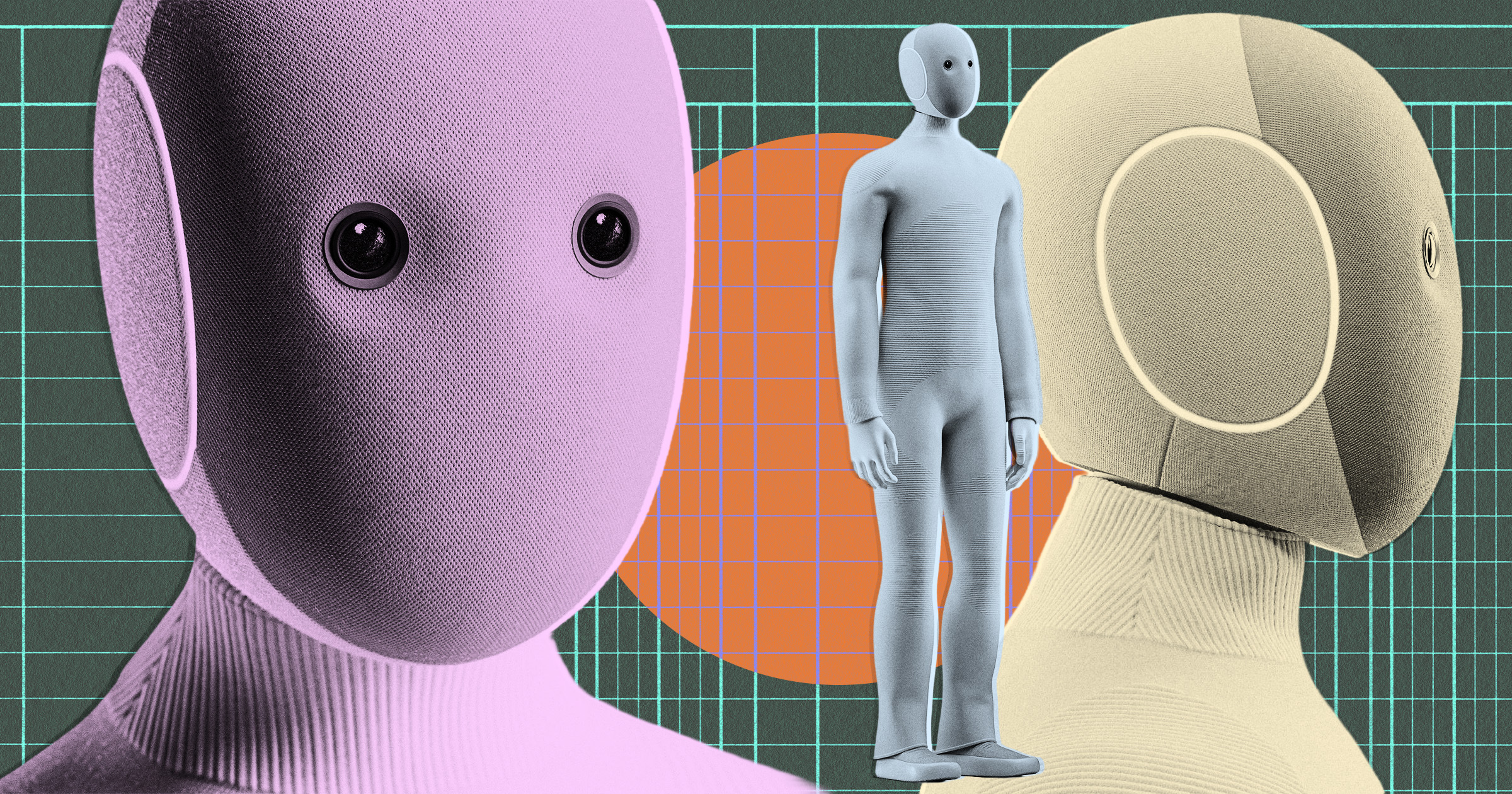Science
Innovative $20,000 Robot Servant Requires Human Oversight

A new robot servant, named NEO, is set to enter the market in 2026, but it comes with unexpected limitations. Priced at $20,000, this bipedal machine from the Palo Alto-based startup 1X requires human intervention to function effectively, undermining its promise of autonomy. Currently in the pre-order phase, potential customers can reserve their unit for $200, followed by a choice of a $499 monthly subscription or a one-time purchase fee.
Standing at five feet six inches and weighing 66 pounds, the NEO robot is designed to assist with mundane household tasks. Its appearance is characterized by a soft, knitted covering and two small eyes, presenting a friendly, if somewhat odd, aesthetic. According to Fast Company, the robot is available in various colors, including tan, gray, and dark brown, catering to diverse home decors.
The brainchild of Bernt Børnich, a young entrepreneur from Norway, NEO aims to offer a gentler alternative to the often stark and intimidating designs of contemporary robotics. Børnich emphasizes a desire to move away from the “hard, dark, sci-fi future” that is prevalent in the industry. Yet, the reality of NEO’s functionality reveals a significant reliance on human operators.
Human Operators Behind the Curtain
NEO will primarily be controlled by remote workers, raising privacy concerns for potential users. Owners must download an app to schedule tasks, meaning that a stranger will have access to their home environment while the robot operates. As Børnich stated in an interview with the Wall Street Journal, “If we don’t have your data, we can’t make the product better.” This indicates that NEO will also gather data to enhance its artificial intelligence capabilities, with the hope that it will eventually perform tasks independently.
Despite the advanced technology backing NEO, the challenges of achieving true autonomy in humanoid robots remain significant. As noted by tech and business journalist Michael Hiltzik, even the most sophisticated robots struggle with basic tasks such as navigating home environments or managing fragile objects like dishware. This highlights a broader issue within the robotics sector, where ambitious projects often fall short of practical applications.
The Future of Humanoid Robotics
Current initiatives like Tesla’s Optimus and 1X’s NEO appear to prioritize brand visibility and investment potential over functional consumer robotics. The rapid advancements in industrial robotics, particularly in countries like China, contrast sharply with the slower progress seen in humanoid designs. This raises questions about the viability of such robots in everyday life and whether they will truly revolutionize domestic tasks.
For now, the most reliable solution for household chores remains human labor. As the market for robotics continues to evolve, consumers may find themselves navigating the complexities of technology that promises convenience but requires more oversight than anticipated. The NEO robot serves as a reminder that while innovation in robotics is progressing, the journey to fully autonomous household helpers is still a work in progress.
-

 World2 weeks ago
World2 weeks agoGlobal Air Forces Ranked by Annual Defense Budgets in 2025
-

 World2 weeks ago
World2 weeks agoMass Production of F-35 Fighter Jet Drives Down Costs
-

 Science2 weeks ago
Science2 weeks agoTime Crystals Revolutionize Quantum Computing Potential
-

 Top Stories2 weeks ago
Top Stories2 weeks agoNew ‘Star Trek: Voyager’ Game Demo Released, Players Test Limits
-

 Top Stories2 weeks ago
Top Stories2 weeks agoDirecTV to Launch AI-Driven Ads with User Likenesses in 2026
-

 World2 weeks ago
World2 weeks agoElectrification Challenges Demand Advanced Multiphysics Modeling
-

 Lifestyle2 weeks ago
Lifestyle2 weeks agoLia Thomas Honored with ‘Voice of Inspiration’ Award at Dodgers Event
-

 Entertainment2 weeks ago
Entertainment2 weeks agoFreeport Art Gallery Transforms Waste into Creative Masterpieces
-

 Lifestyle2 weeks ago
Lifestyle2 weeks agoDiscover Reese Witherspoon’s Chic Dining Room Style for Under $25
-

 Health2 weeks ago
Health2 weeks agoGavin Newsom Critiques Trump’s Health and National Guard Plans
-

 Entertainment2 weeks ago
Entertainment2 weeks agoFast & Furious Coaster Hits the Track at Universal Studios
-

 Health2 weeks ago
Health2 weeks agoResearchers Uncover New Insights into Cancer Mortality Causes









